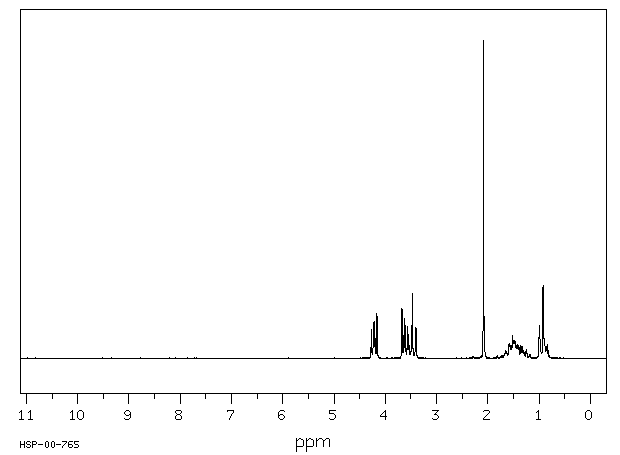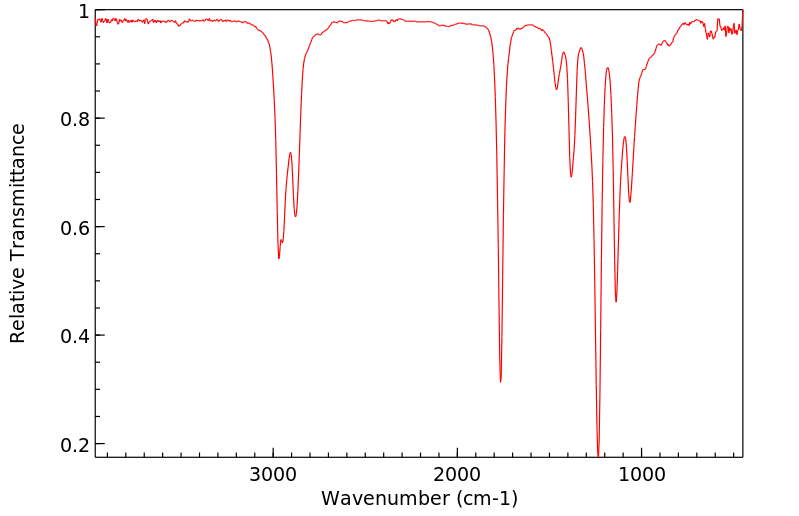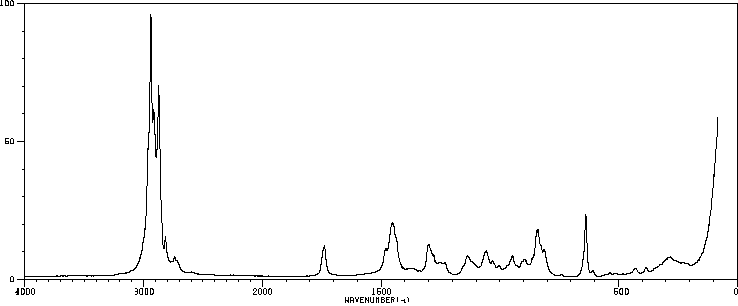申请人:BASF SE
公开号:US20180208583A1
公开(公告)日:2018-07-26
Compounds of the formulae (I) or (II)
wherein
X is
A is O, S, NR
5
or CR
16
R
17
;
R
1
is for example hydrogen or C
1
-C
20
alkyl
R
2
is for example hydrogen, C
1
-C
20
alkyl or C
6
-C
20
aryl
R
5
for example is C
1
-C
20
alkyl;
R
7
, R
8
, R
9
, R
10
and R
11
for example independently of each other are hydrogen. C
1
-C
20
alkyl, halogen, CN or NO
2
;
Ar
1
is for example unsubstituted or substituted C
6
-C
20
aryl, C
3
-C
20
heteroaryl, C
6
-C
20
aroyl, C
3
-C
20
heteroarylcarbonyl or
or Ar
1
is
Ar
2
is for example phenylene,
all of which are unsubstituted or substituted
M is for example unsubstituted or substituted C
1
-C
20
alkylene
Y is a direct bond, O, S, NR
5
or CO;
Z
1
is for example O or S; Z
2
is a direct bond, O, S or NR
5
; and
Q is CO or a direct bond.
公式(I)或(II)的化合物
其中
X是
A是O, S, NR
5
或CR
16
R
17
;
R
1
例如是氢或C
1
-C
20
烷基
R
2
例如是氢, C
1
-C
20
烷基或C
6
-C
20
芳基
R
5
例如是C
1
-C
20
烷基;
R
7
, R
8
, R
9
, R
10
和R
11
例如彼此独立是氢. C
1
-C
20
烷基, 卤素, CN或NO
2
;
Ar
1
例如是不取代或取代的C
6
-C
20
芳基, C
3
-C
20
杂芳基, C
6
-C
20
芳酰基, C
3
-C
20
杂芳基甲酰基或
或Ar
1
是
Ar
2
例如是苯基,
所有这些都不取代或取代
M例如是不取代或取代的C
1
-C
20
亚烷基
Y是直接键, O, S, NR
5
或CO;
Z
1
例如是O或S; Z
2
是直接键, O, S或NR
5
; 和
Q是CO或直接键。











